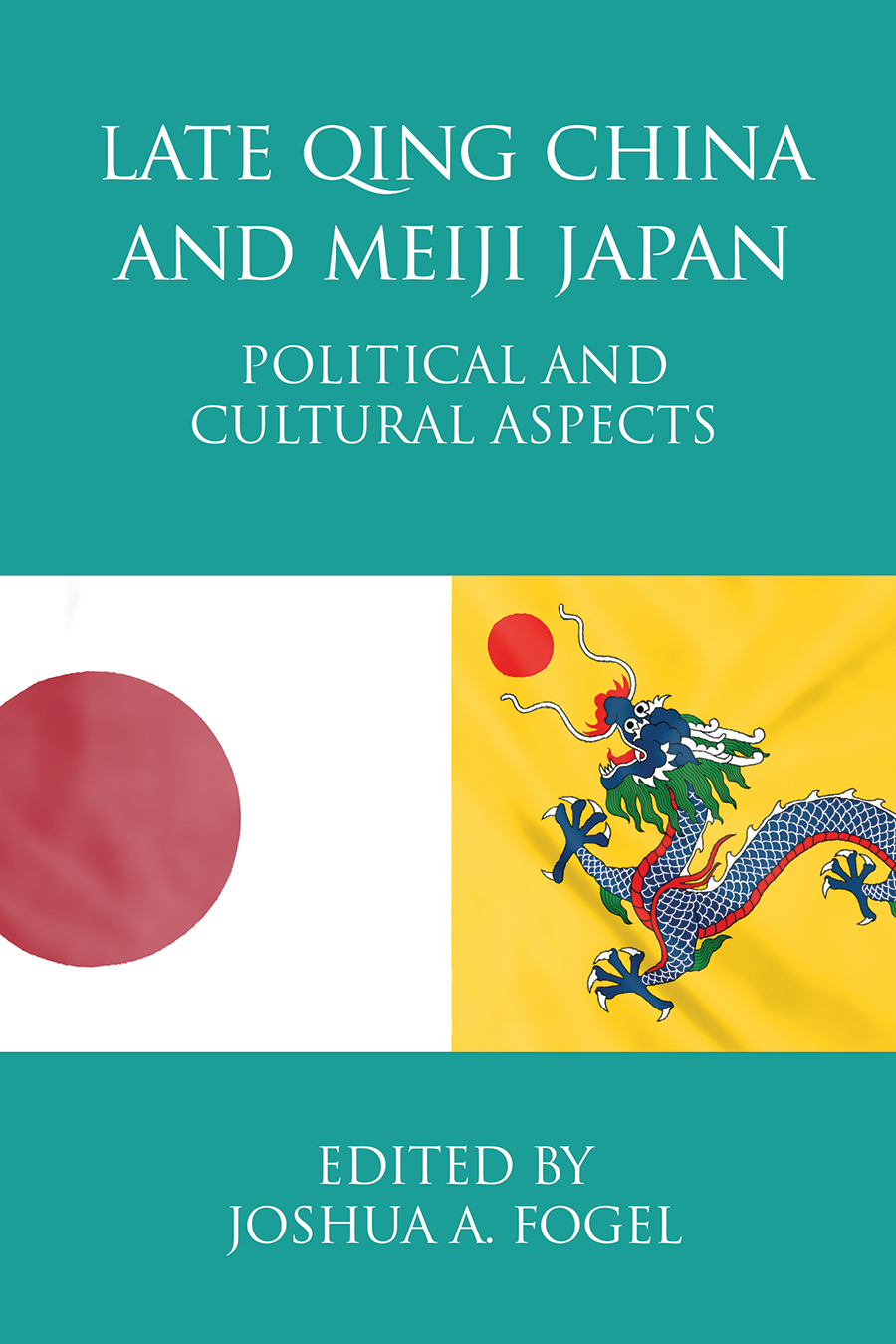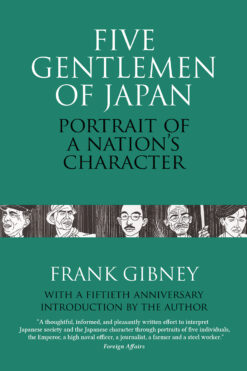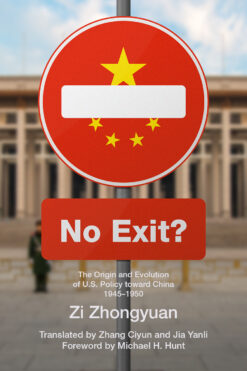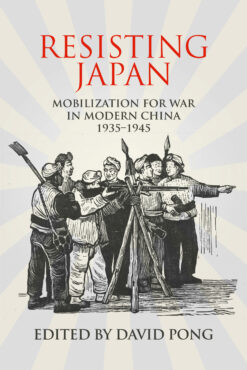Late Qing China and Meiji Japan
Political and Cultural Aspects
Edited by Joshua A. Fogel
Eastbridge Books | February 2004 | 238 pages
We have temporarily suspended direct orders from our website while we address supply chain issues.
However this title is also available from:
Amazon
|
The Book Depository (worldwide)
|
Indigo (Canada)






